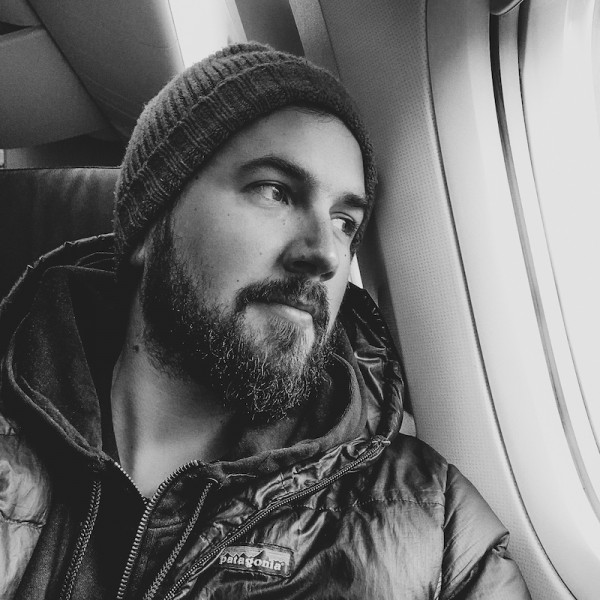Behind the Scenes: Waiting to Move
Behind the Scenes: Waiting to Move
Ciril Jazbec
February 23, 2021
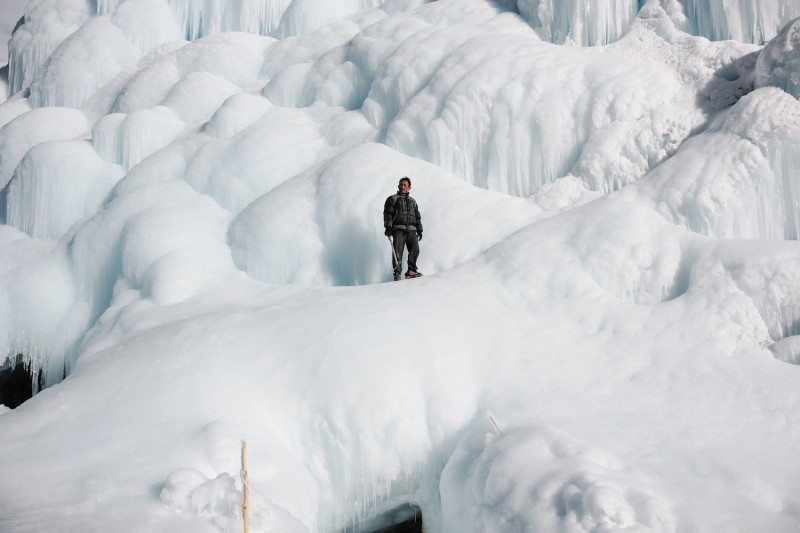
A member of the Shara Phuktse team stands on the Giant Shara Ice Stupa that he helped to construct. Ladakh, India.
LFI: What is the biggest challenge for you when taking photos?
Ciril Jazbec: The biggest challenge happens before I start taking photos. Finding the right story and the approach that is suitable for the theme. When it comes to the production in the field it is, of course, challenging at times, but I always believe that something will come out at the end of the field work. I have been involved professionally in photography for over 15 years now, and in that kind of time you come to learn the craft.
Considering your experiences and the routine, what comes next?
The challenge for me now is how to keep going and adding more value to my projects. I have begun to work on long term stories involving documentary video and photography, so I can expand and reach more audiences by combining different mediums.
How do you find your narratives?
I’ve been working on stories around the impact of climate change and environmental themes all throughout my photographic career. I also work at times on stories with more focus on globalisation or cultural aspects. I always do research and I’m curious about certain regions or ideas. It’s important to be connected with the right communities and to always have one eye open for the right information.
How has the pandemic changed your work?
Covid-19 forced me to look and find stories closer to home. Since I’m living in the Eastern Alps, it’s natural that my next ambitious project involves the changing Alps. I find it’s great if you can afford a research trip and discover or verify certain ideas on the ground. That has always helped me to find most of my stories that were published, for example, in National Geographic Magazine.
Please describe in general your visual approach to the topics you photograph.
I am a documentary photographer focusing on long-term projects. I like to work on projects with a strategic approach to portraiture, landscapes and interviews, using natural light and at times adding some artificial light. In that way, I am able to build a visually powerful project. It is a combination of documentary with an artistic, fine arts layer.
Find out more about Jazbec’s work in the upcoming LFI 02/2021.
Ciril Jazbec+-
Born in Slovenia in 1987, Jazbec first studied Management in Ljubljana, followed by Photojournalism and Documentary Photography at the London College of Communication, graduating with an MA in 2011. He won the 2013 Leica Oskar Barnack Newcomer Award for his Waiting to Move series, portraying a village in Alaska impacted by climate change. The same year, he received at award at Les Rencontres d'Arles for his photo story, On Thin Ice, with which he also won Magnum’s 30 under 30 competition in 2015. He has received numerous further award since then. His work has appeared in National Geographic, The New York Times, Geo Deutschland and Neue Zürcher Zeitung, among others. He is also a co-founder of TENT Film. More

A member of the Shara Phuktse team stands on the Giant Shara Ice Stupa that he helped to construct. Ladakh, India.
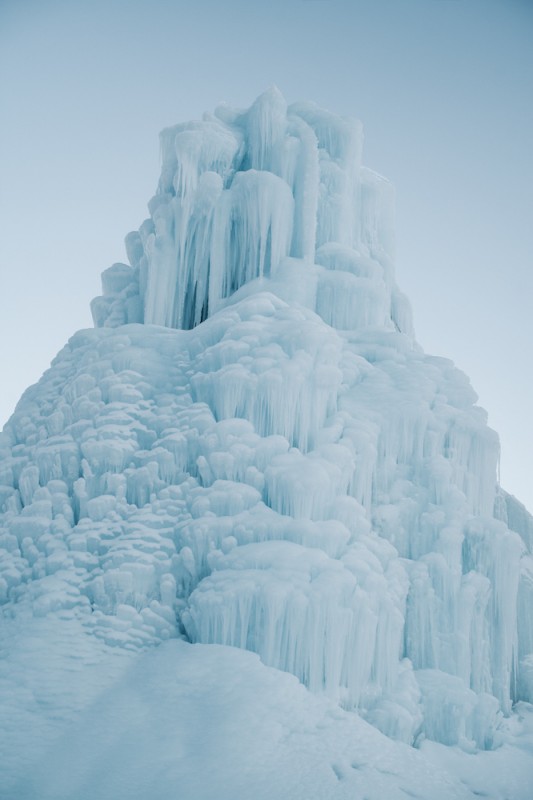
As snows dwindle and glaciers recede, people in the mountains of northern India are building huge ice cones that provide water into summer.

Athulya Pillai, a member of the Ice Stupa team lifts a piece of artificially produced ice as a symbolic gesture of the fight against global warming.
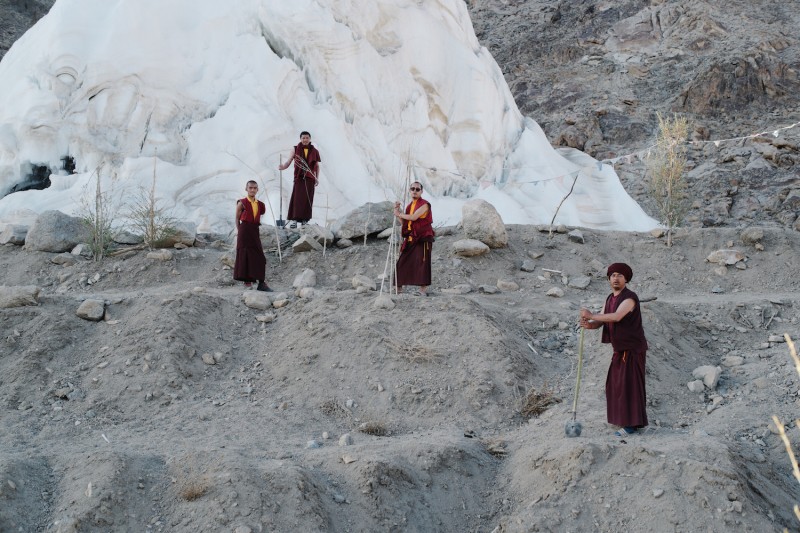
Monks from the Phyang monastery tend the willow and poplar trees sustained by meltwater from the stupa. The trees are intended to regreen the denuded hillside and stabilize it against erosion.

Shara team poses in front of the Giant Shara Ice Stupa.

Shaded by mountains, the stupa near the village of Lamso lasted well into summer—tiding farmers over until meltwater arrived from natural glaciers that have retreated high in the mountains.
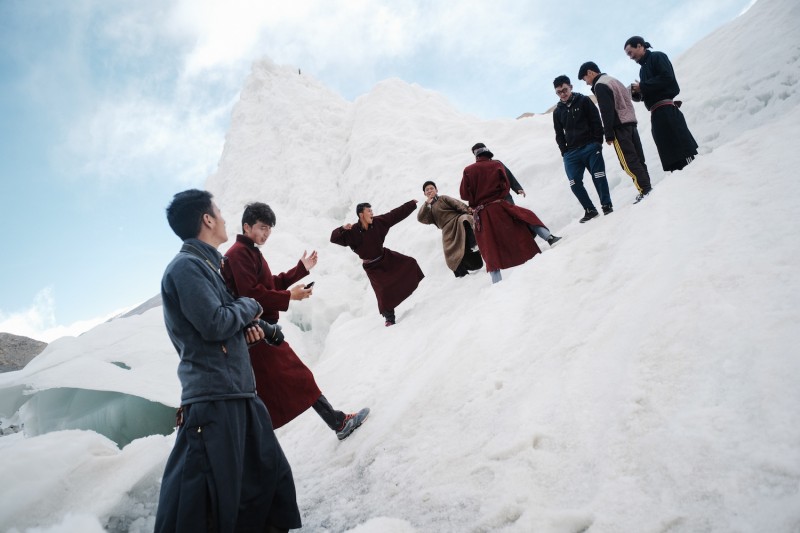
Sonam Wangchuk, inventor of ice stupas, also created an alternative school. The students have helped build some of the towers.
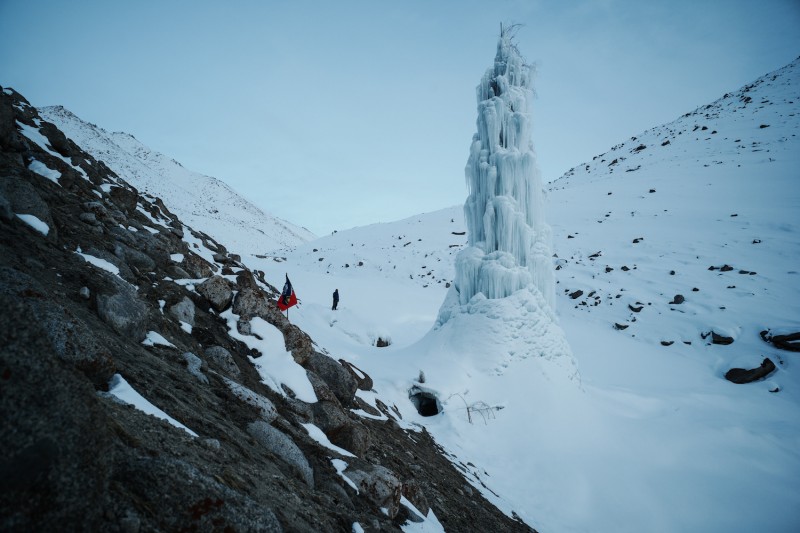
Ice stupas are built in winter by channeling water from a mountain stream into a vertical pipe. Gravity drives the water out a nozzle at the top, and as cold air freezes the falling spray, a cone of ice rises around the pipe.
